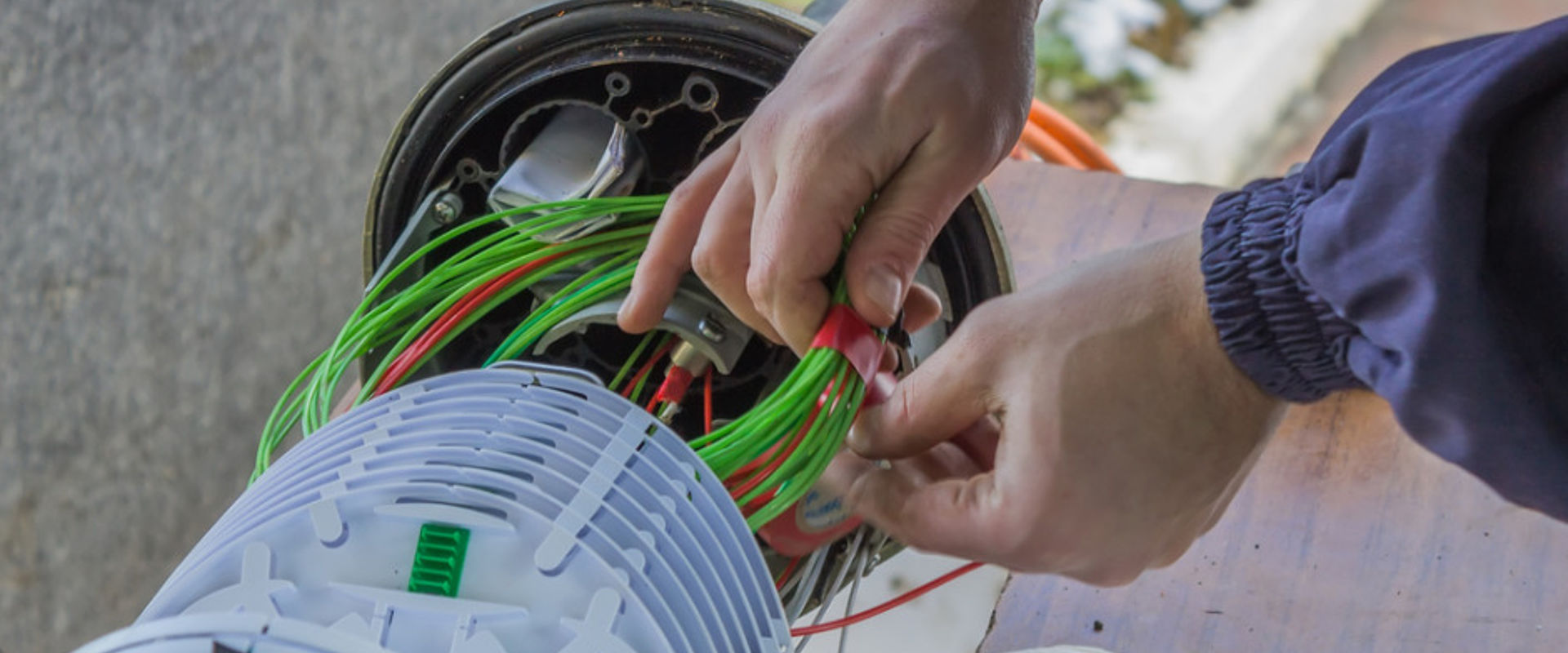
Fibre-optics for structural integrity
Challenge
Monitoring the long-term strength of large structures used in the nuclear power industry is essential to safeguard the environment from radioactive contamination. Dykes formed of natural materials such as gravel, clay, or sandy soil provide the constraining banks of major rivers supplying water cooling to nuclear power plant. Temperature differences between the materials used in dyke construction and the water carried create erosion that undermines their integrity. Whilst for the envisaged deep geological disposal for high level radioactive waste, temperatures need to remain below 90 °C in clay to ensure that the surrounding rock retains strength.
Distributed temperature sensing based on embedded optical fibres and instrumentation for detecting and interpreting the laser signals used, can provide temperature information at every metre along the fibre’s length. This means that a single fibre can provide thousands of temperature probes over kilometre distances, creating a costeffective thermal monitoring system for large structures.
To have confidence in the long-term performance of distributed temperature sensing systems it is important to be able to interchange their control and interpretation instrumentation due to age-related failures or technology advances. Ensuring that system components meet specification and variants from different suppliers are compatible relies on the development of well characterised test set-ups based on pulse-echo measurement principles.
Solution
The EMRP project Metrology for decommissioning nuclear facilities developed a facility for studying the performance of key sensing components in distributed temperature sensing systems. To simulate in-service conditions, optical fibres in a 25 m long heater are used to create test signals for assessing the performance of detection and interpretation instrumentation. Procedures for operating this facility are being incorporated into a new IEC standard that will enable greater test uniformity for temperature monitoring using optical sensing. This is an important step that will enable users in the nuclear and other industries to have greater confidence in the adoption of this novel temperature monitoring technique.
Impact
ANDRA, the French National Agency for Radioactive Waste Management, has used the projects test facility to perform independent assessments of commercially available distributed temperature sensing system components to determine interoperability. Results are informing the selection of candidate control and interrogation units for trials deep underground to simulate realistic repository conditions. Selecting the best currently available technologies is essential to ensure the longterm structural integrity of the radioactive waste repository envisioned in the vicinity of Bure district.
EDF has installed distributed temperature sensing systems for monitoring water dykes with safety-related requirements such as preventing hazards associated with flooding at nuclear power plant. Due to evolving requirements and specifications regarding system performance, EDF is undertaking assessment projects using this test facility. Their objective is to select technologies that meet operational requirements where long-term durability is essential.
Independent testing of distributed temperature sensing is providing the nuclear industry with reliable performance assessments and generating increased confidence for further adoption in the monitoring of safety critical structures. Ensuring the long-term integrity of nuclear industry structures is essential to avoid significant radioactive release into the environment.
- Category
- EMRP,
- Environment,
